Optimising Egg Size: 5 Key Factors Every Egg Producer Should Know
Consumer demand for larger eggs that fetch higher prices has influenced layer farm operators to optimise their production to achieve a consistent and most desirable egg size. An interesting fact here is that a large egg does not necessarily mean a better egg, as larger eggs commonly result in thinner eggshell thickness, which can affect quality and transportability. Hence, it is crucial for layer producers to understand the factors that impact egg size to help ensure a good balance between egg size and quality. Let's delve into these factors and explore how farmers can leverage them for optimal results.
1. Genetics & Age: Laying the Foundation for Egg Size
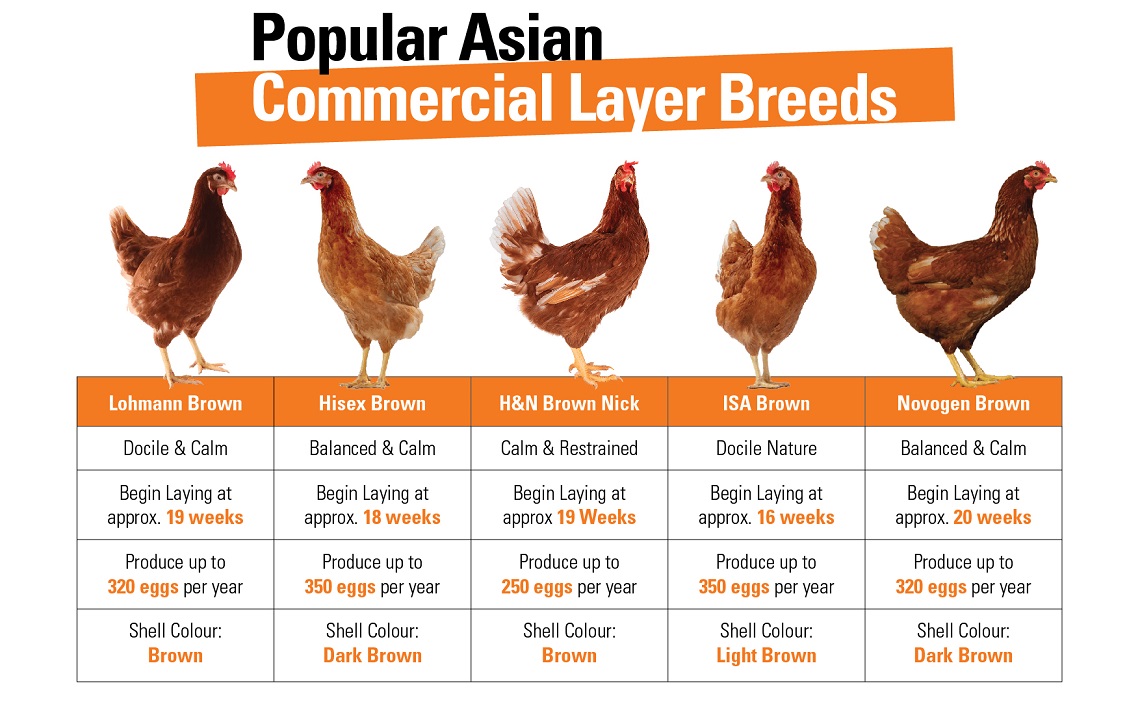
The choice of layer breeds significantly influences egg size. To ensure a consistent supply of larger eggs, producers should select breeds known for their ability to produce larger eggs. Additionally, understanding the age factor is crucial, this is because as hens mature, their reproductive systems undergo changes, leading to the laying of progressively larger eggs. Typically, the maximum egg size can be observed around 52 weeks of age, emphasising the importance of managing the breeding stock for sustained egg size consistency.
2. Lighting: Shedding Light on Egg Size Control
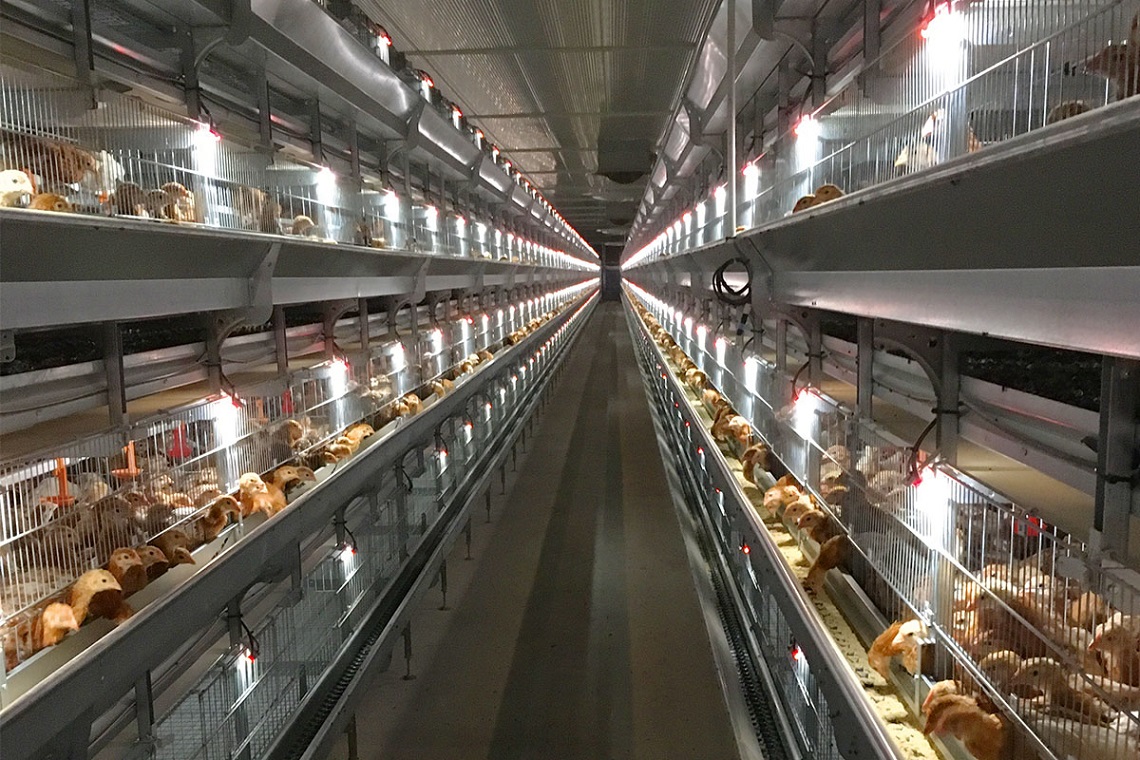
Controlling the lighting environment plays a strategic role in influencing egg size. By delaying a hen's ability to start laying eggs, farmers can extend the period of larger egg production throughout the bird's lifespan. This is achieved by gradually reducing daylight exposure to chicks in the starter house. Upon reaching the layer house, controlled increases in light exposure stimulate maturity at a heavier weight, resulting in larger eggs.
3. Pullet Quality: the Foundation for Optimised Egg Production
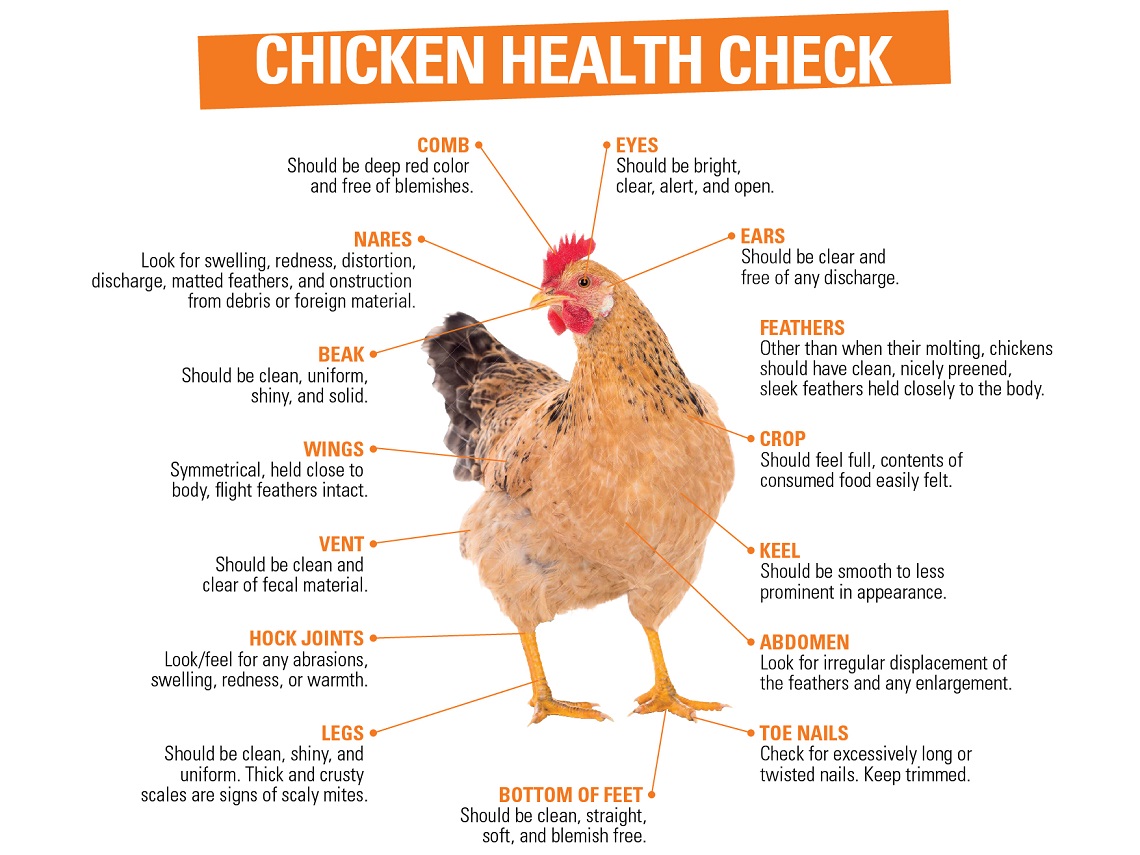
Pullet management is a critical phase that significantly impacts egg-laying performance. Raising healthy pullets in a nurturing environment during the development and growth phases ensures they are immunologically and physically robust. This robustness is a key factor in achieving the desired egg size and production targets. Proper pullet management effectively sets the stage for a successful egg-laying cycle.
4. Feed: The Nutritional Key to Maximising Egg Size
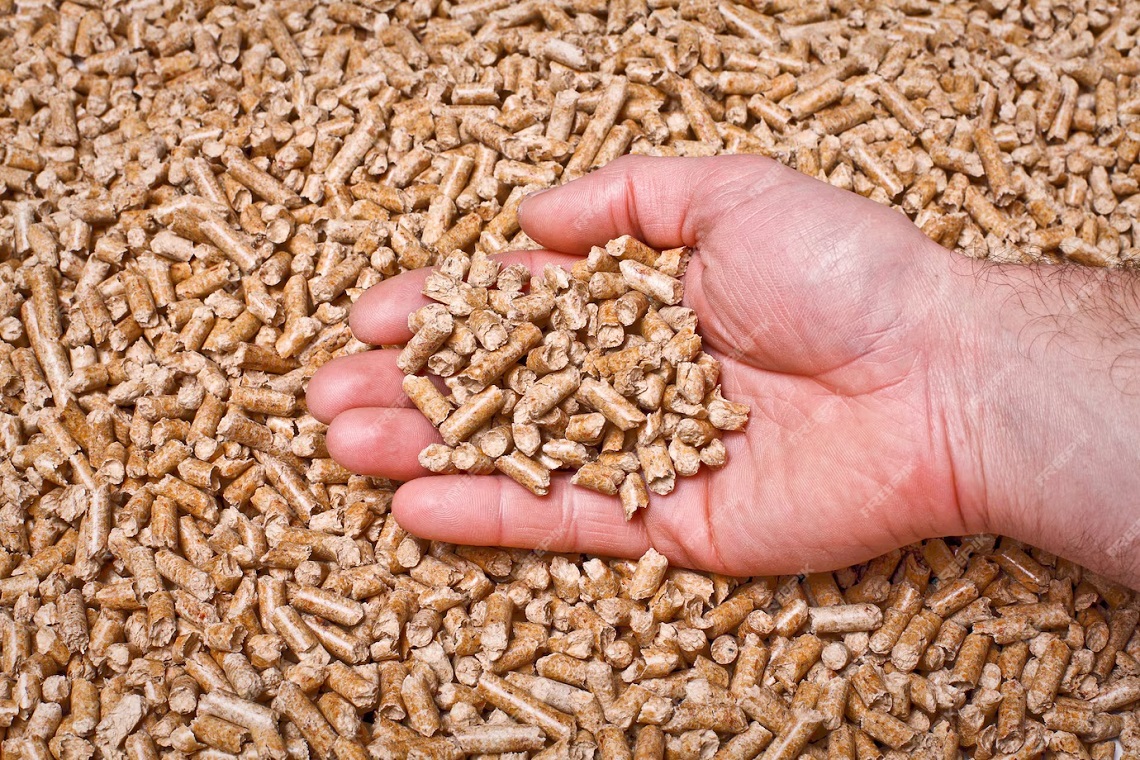
Providing the right nutrients through feed for the layers is essential for maximising bird performance and, consequently, egg size. Adjustments to the nutritional content of the feed can have a direct impact on the average size of eggs produced. It is generally known that a balanced diet with optimal calcium levels results in increased egg size. However, it's crucial to make these adjustments with caution and expert knowledge, considering that results may only become evident weeks later.
5. Temperature: Keeping Cool for Consistent Egg Size

Maintaining a comfortable environment within the thermoneutral zone is critical for quality egg production. High temperatures can lead to decreased feed intake due to heat stress, resulting in smaller eggs. Implementing proper climate control systems that provide a uniform ventilation helps in achieving consistent egg size. In regions with high temperatures for example, cooling systems such as the RainMaker Cooling Pads contributes to a positive impact in terms of egg quality and size.
Crafting a Strategy for Optimal Egg Size
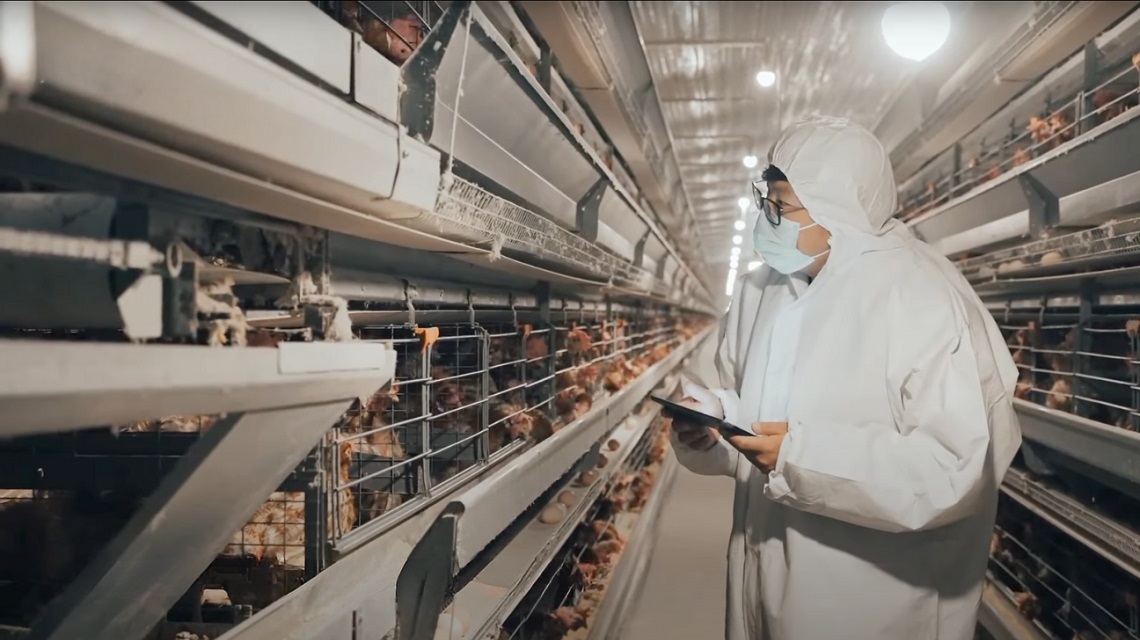
Achieving optimal egg size is a science that involves a careful blend of genetics, environmental control, and nutrition. By selecting the right breeds, managing lighting conditions, nurturing pullets, optimising feed, and ensuring a comfortable environment, egg producers can craft a strategy that not only maximises egg size but also contributes to the overall success and profitability of their operations. As the saying goes, a well-nurtured flock lays the foundation for a bountiful harvest of quality eggs.
Want to learn more about achieving optimum egg quality? Click the ‘Send a Message’ Button below to talk to us!

